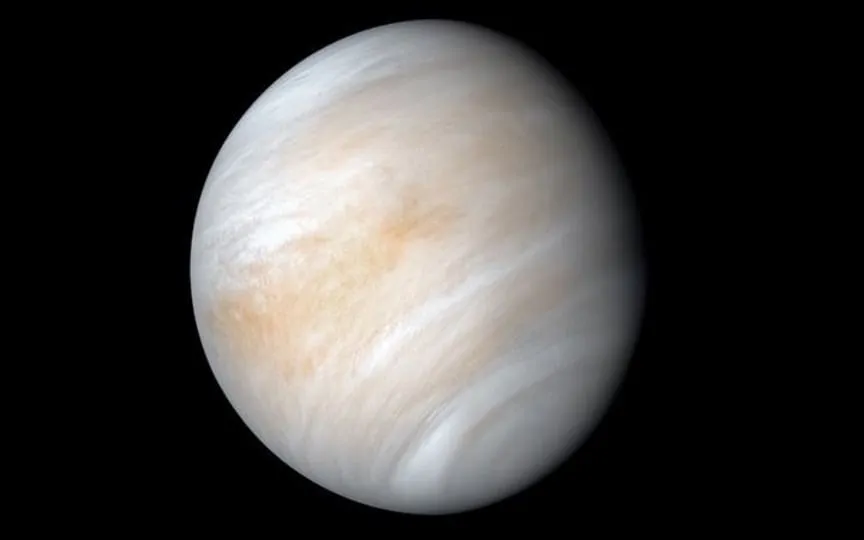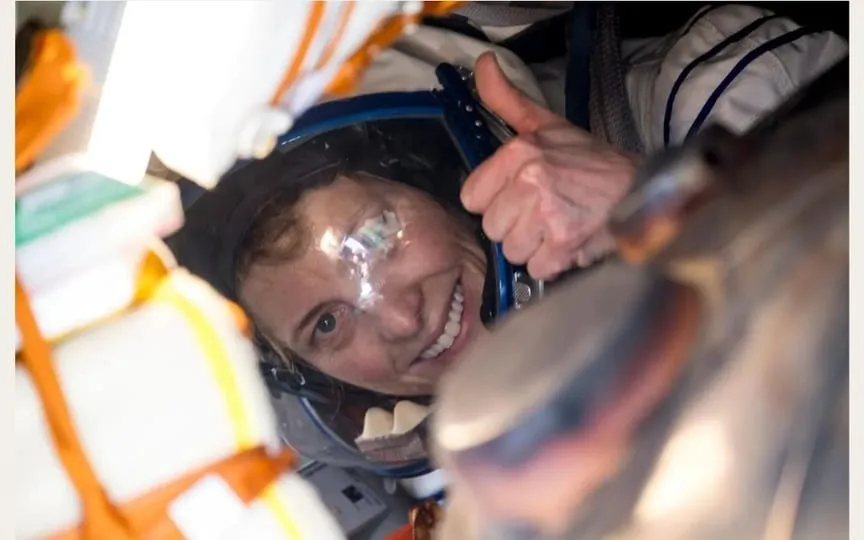ISRO Aims for Shukrayaan-1 Following Success of Chandrayaan-3 and Aditya-L1
The Indian Space Research Organisation (ISRO) is once again making strides in space exploration. Following the triumphant landing of Chandrayaan-3 on the Moon and the successful launch of India’s inaugural solar mission, Aditya-L1, ISRO is now directing its attention towards Venus, the neighboring planet of Earth. S Somanath, the Chairman of ISRO, has disclosed that the Venus mission, also referred to as the Shukrayaan-1 mission, is advancing steadily. ISRO is now preparing for its upcoming significant endeavor.
Why Venus?
Venus is a fascinating place. Its atmosphere is thick, about 100 times denser than Earth’s, and full of acids. Earth may even become like Venus in the distant future if things change dramatically. So studying Venus helps us understand more about the history and possible future of our own planet.
What is “Shukrayaan-1”?
The name “Shukrayaan-1” comes from two Sanskrit words: “Shukra” meaning Venus and “Yaana” meaning boat or vehicle. The idea of Shukrayaan-1 came to light in 2012 when ISRO invited research institutes to propose payloads for the mission.
The main objective of this mission is to study Venus thoroughly. Venus is often called “Earth’s twin” because it’s similar in size, but it’s a very different place. Shukrayaan-1 aims to study both the surface and atmosphere of Venus and learn about its geology.
Could there be life on Venus?
NASA doubts life on Venus right now. But some scientists haven’t ruled out the possibility that tiny microbes exist high in the atmosphere of Venus, where the pressure is greater than what we have here on Earth.
What next for Shukrayaan-1?
Shukrayaan-1 is progressing steadily, but ISRO hasn’t spilled the beans yet. They haven’t told us when the launch will happen or any other important details.
Past Venus missions
This isn’t the first time we’ve sent missions to Venus. Venus was previously explored by the European Space Agency’s Venus Express and Japan’s Akatsuki Venus Climate Orbiter. NASA’s Parker Solar Probe also visited Venus and captured stunning images of its surface.
So stay tuned for more updates on Shukrayaan-1 as ISRO continues its journey to explore the mysteries of Venus.
One more thing! We are now on WhatsApp channels! Follow us there to never miss an update from the tech world. If you want to follow ReturnByte channel on WhatsApp, click here to join now!




